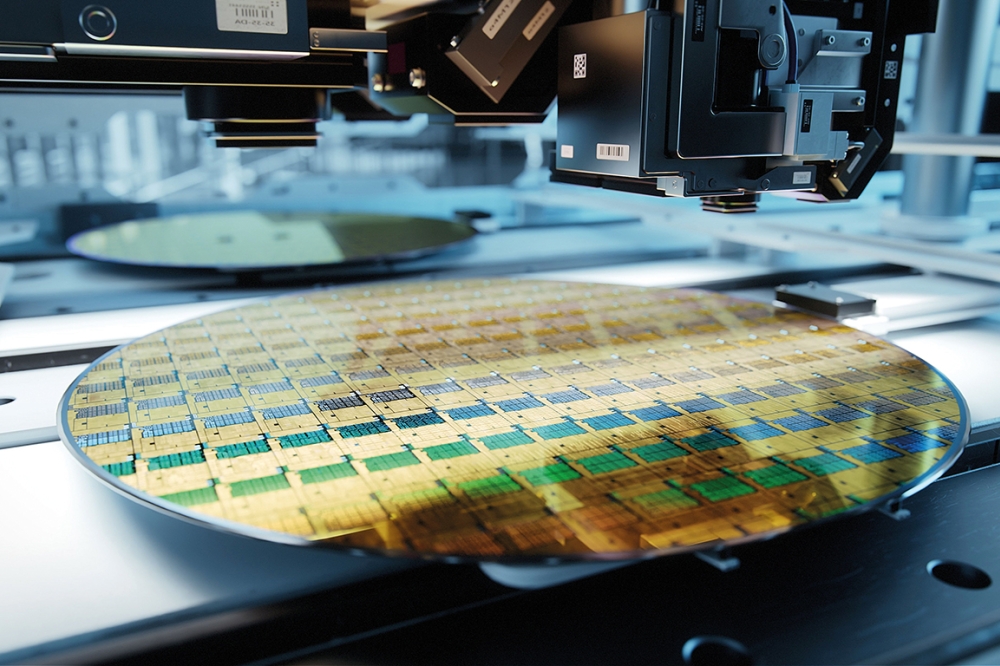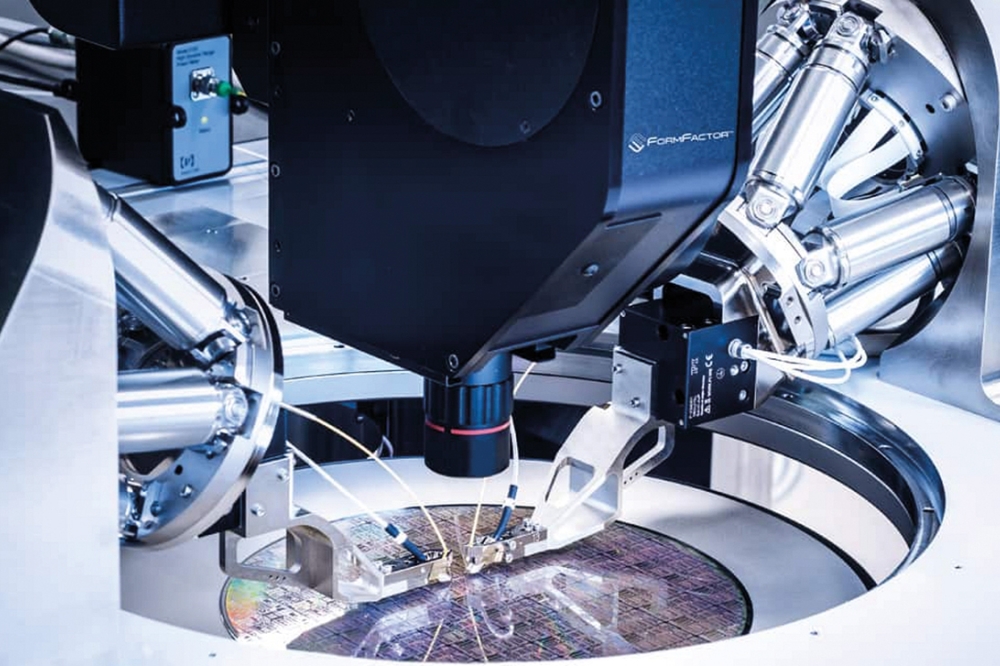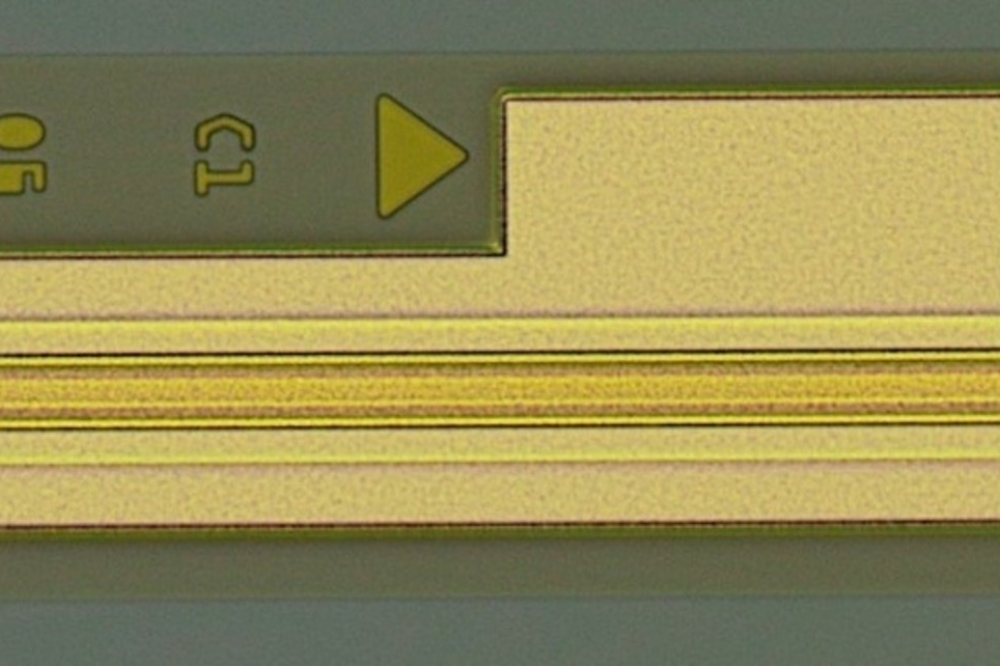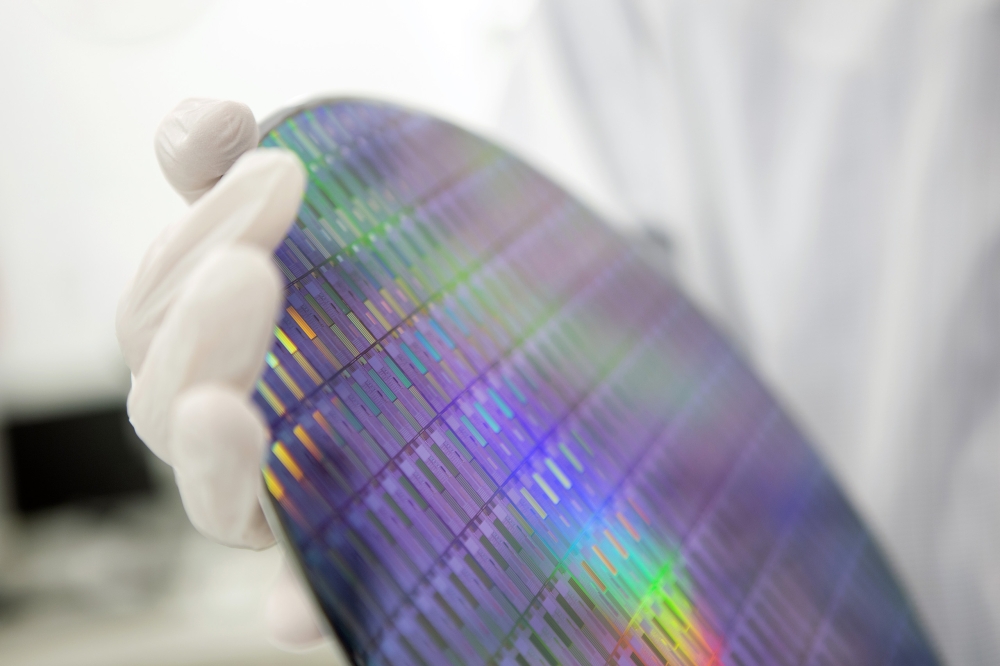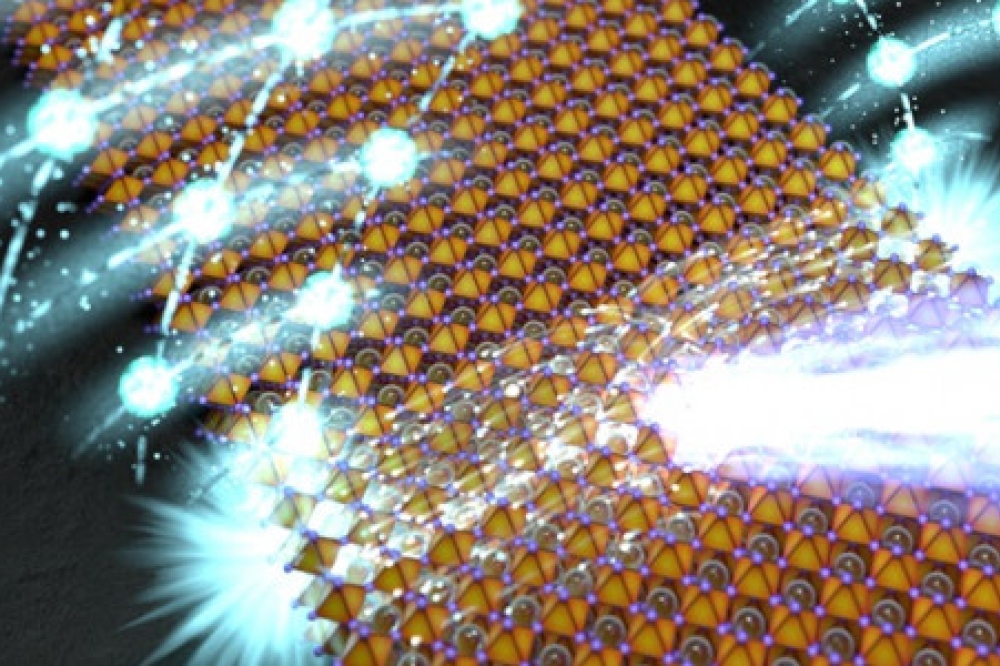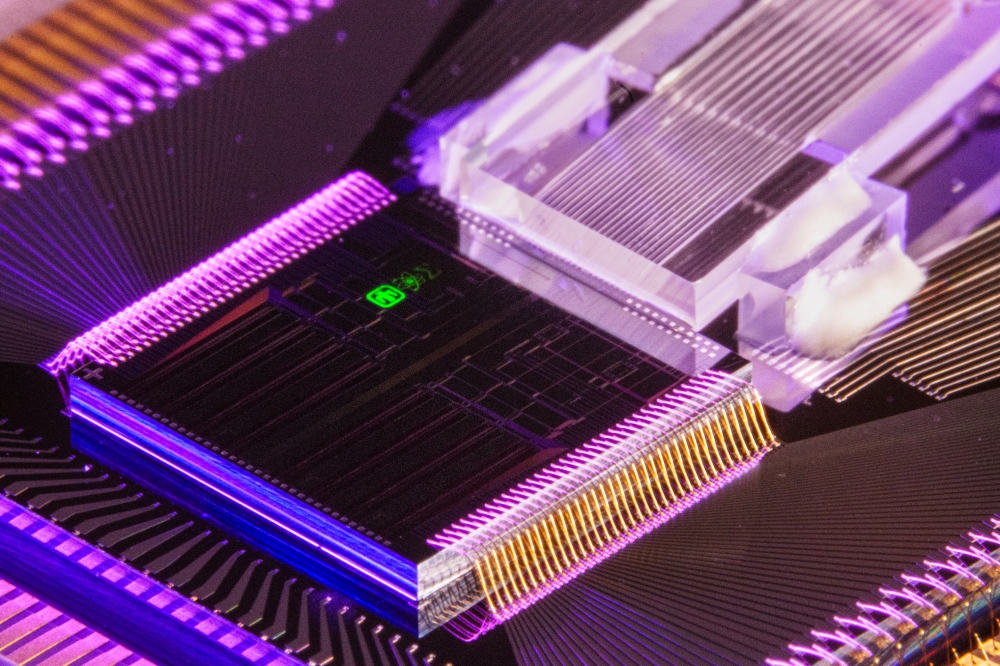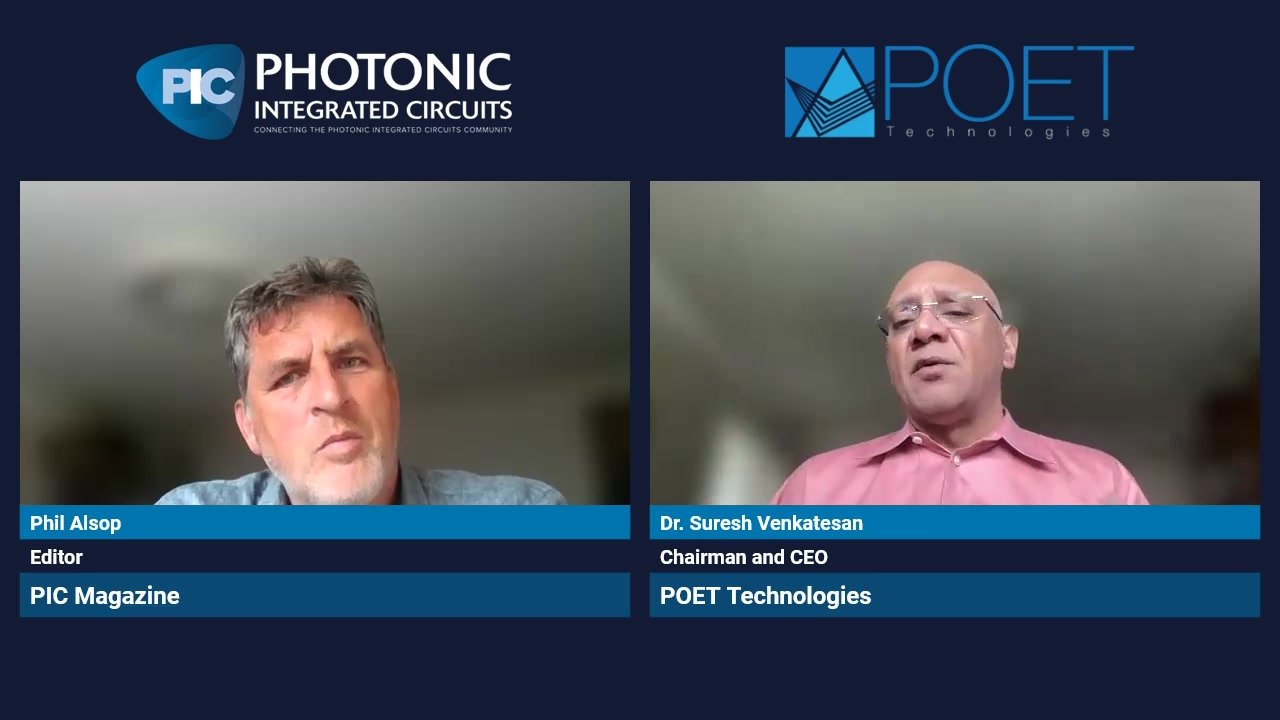News Article
InGaP CQDs Make Compact Fully Integrated PICs
SPIE eesearchers have used InGaP colloidal quantum dots and unconventional fabrication techniques to produce cheaper, smaller PICs integrated onto a single chip.
Researchers at SPIE have found a novel way of producing Photonic Integrated Circuits (PICs), which are expected to play a crucial role in next-generation computing and communication systems.
The photons in PICs carry out signal processing and over the last decade, significant progress has been made towards realizing all-optical circuits on a chip. The major hindrances though, remain integrating active and passive photonic components, integrating photonic devices with silicon electronics, and the large footprint of PICs.
The first two issues have been addressed using techniques such as regrowth, wafer fusion, and asymmetric twin-guide technology. To address the large footprint, researchers have moved to a silicon-on-insulator process whose large refractive-index contrast enables realization of compact waveguides and waveguide bends. More recently, plasmonic waveguides have also been explored to circumvent the diffraction limit.
Yet another challenge in achieving low-energy, all-optical processors is the weak optical nonlinearity of semiconductors. Quantum dots have been touted as an attractive alternative in this context because of their large optical nonlinearities. Most quantum-dot-based photonic systems realized to date have used dots grown using Molecular Beam Epitaxy (MBE).
More recently, colloidal quantum dots synthesized using simple chemistry have received much attention because of their low cost of production, wide range of accessible wavelengths, compatibility with silicon technology, and high quantum yield, especially for applications in bioimaging, LEDs, and solar cells.
Researchers at SPIE have now produced a solution-processed, mechanically flexible vertical-cavity surface-emitting laser (VCSEL) and planar photonic devices using colloidal quantum dots as the active medium.
The entire VCSEL structure, including a distributed-Bragg-reflector (DBR) mirror, is fabricated by spin coating on a glass substrate.
Figure 1(a) shows a schematic drawing of the 1D microcavity. Alternating layers of polymers of two different refractive indices were stacked to form the DBR mirrors. The high- and low-refractive-index polymers chosen were poly(N-vinylcarbazole) (PVK) and cellulose acetate (CA), with refractive indices of 1.683 and 1.475 at 600nm, respectively.
The scientists chose solvents in a way that prevented the solvent for one polymer from dissolving the other ; PVK is soluble in nonpolar solvents (such as chlorobenzene), while CA is soluble in polar solvents, such as alcohol.
The half-wavelength-cavity layer was formed by Indium Gallium Phosphide (InGaP) quantum dots emitting at 650nm, embedded in a PVK host.
The fabricated microcavity structure was peeled off the glass substrate to form a freestanding structure.
Figure 1(b) shows photographs of the microcavity, both freestanding and on a cylindrical surface. The device demonstrated lasing under optical pumping. Figure 1(c) shows the average output power as a function of average pump power, indicating a lasing threshold of 27mW and a slope efficiency (top emission) of ~12%.

Figure 1. (a) Schematic drawing of a solution-processed, all-polymer microcavity. (b) Photograph of a freestanding microcavity containing embedded quantum dots. The scale bar corresponds to 2.54cm. (c) Output power of the flexible-microcavity surface-emitting laser as a function of input optical-pump power. The insets show the emission spectra above threshold and the full width at half maximum (FWHM) of the lasing spectra as a function of pump power. PVK: Poly(N-vinylcarbazole). CA: Cellulose acetate. QDs: Quantum dots.
In a different demonstration, the researchers realized vertically integrated, 3D photonic circuits using a bottom-up approach. This differs considerably from the top-down approach that is widely employed in traditional semiconductor-based PICs.
It was found that use of colloidal quantum dots in a polymer host matrix as the active medium for emission, amplification, and detection has the advantage of compatibility with silicon technology and coverage of a wide spectral range.
All circuits were fabricated on a silicon-on-insulator substrate. Employing silicon for passive structures, such as waveguides, resonators, and couplers, has the additional benefit of enabling smaller-footprint devices. Figure 2 shows a Scanning Electron Microscope (SEM) image of one such device built using electron-beam lithography that incorporates a passive waveguide integrated with an active waveguide.

Figure 2. Scanninge Electron Microscope image of an active waveguide consisting of a quantum-dot-embedded SU-8 photoresist (Microchem Inc.) integrated with a passive waveguide.
One of the key issues in constructing planar photonic circuits is the effect of the polymer host matrix on the optical properties of the quantum dots. Results of steady-state and time-resolved luminescence measurements indicated that poly(methyl methacrylate) is a good host with minimal detrimental effects.
This work potentially opens up new areas of application for colloidal quantum dots. The combination of materials research for identifying suitable host matrices and of simpler fabrication techniques, such as soft lithography, makes it possible to realize low-cost PICs, potentially even on flexible substrates.
The researchers say their future plans include electrically pumped versions of the VCSEL, single-photon sources, planar microresonators, and active photonic crystals using colloidal quantum-dot composites.
This work was supported by the US Army Research Office (contract W911 NF-07-1-0397).
The author of this article, Vinod Menon, is an associate professor of physics. He joined CUNY in 2004 after a postdoctoral fellowship at Princeton University. He received his PhD degree in physics from the University of Massachusetts in 2001.











